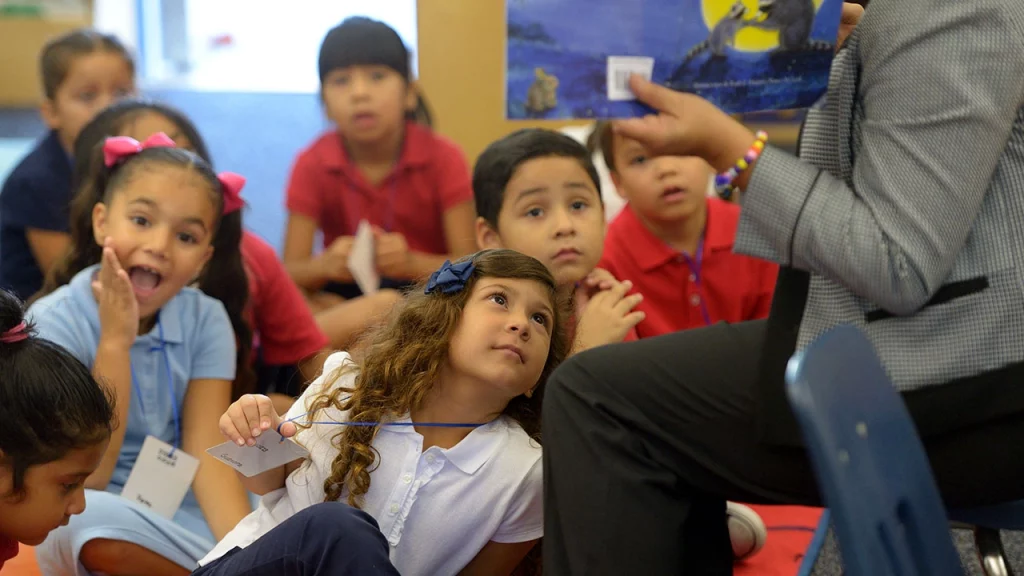
With pandemic disruptions, a shortage of teachers, the lack of culturally sensitive or dual-language programming, overcrowding, and historical neglect, residents of the Chamizal barrio held a vigil for their crisis in the barrio schools.
Cemelli de Atzlan and Hilda Villegas, leaders of the group Familias Unidas por la Educación, and a group of 40 people held their vigil outside Bowie High school.
“Our fear is what’s going to happen to our children. You added two to three years to the loss of education. What is the future of the 2,000 to 3,000 kids in the barrio?” Villegas said.
The Latino children in the Chamizal community will comprise 30% of the school’s population, the second-largest group of students in the nation’s public schools, behind white students at 45%. A USA Today census found that the number of Latinx students in public schools in every state grew by varying degrees from 2010 to 2021 because of the rising birth rate in the Latinx population.
Although the Latinx population is growing in schools, they have a long way to go in accommodating the needs of those students. Education experts, advocates, and parents say these students need lessons on their diverse backgrounds, more access to information translated into Spanish, and a more significant number of Spanish teachers if they wish to keep these students enrolled.
Latino parents want school leaders to better accommodate families, like providing information translated into Spanish and learning more about the workings of the American education system. A survey of 1,228 parents by Conoce tus Opciones Escolares and the group National School Choice Week shows that 30% or more of those parents want to homeschool their children, switch schools outside their district, or want their children to go to charter schools. Public school advocates worry that these options with leave the poorest Latino students behind and further segregation in the community.
To help these students, advocates are working to grow the number of Latino teachers. “I think schools across the board – whether they’re traditional or charter – struggle with the fact they don’t have enough Latino teachers or Latinos in leadership,” Edgar Palacios said, who grew up with his Latino teachers as role models.
Expanding the Latino teaching workforce can lead to more bilingual and more readily available Spanish translations of school-related materials. Tania Valencia, a policy analyst, focusing on K-12 education at UnidosUS, says, “we believe English learners also deserve the opportunity to learn in Spanish.”
Last year, California required all high school students to take and pass an ethnic studies course to graduate, which includes lessons on Latino heritage and history. Students need more of that, said Eve Delfin, the Latino Student Achievement Specialist for the Oakland Unified School District’s Office of Equity. While California stands out for requiring a course to graduate, other states are creating courses or incorporating lessons into existing classes.

Recent Comments